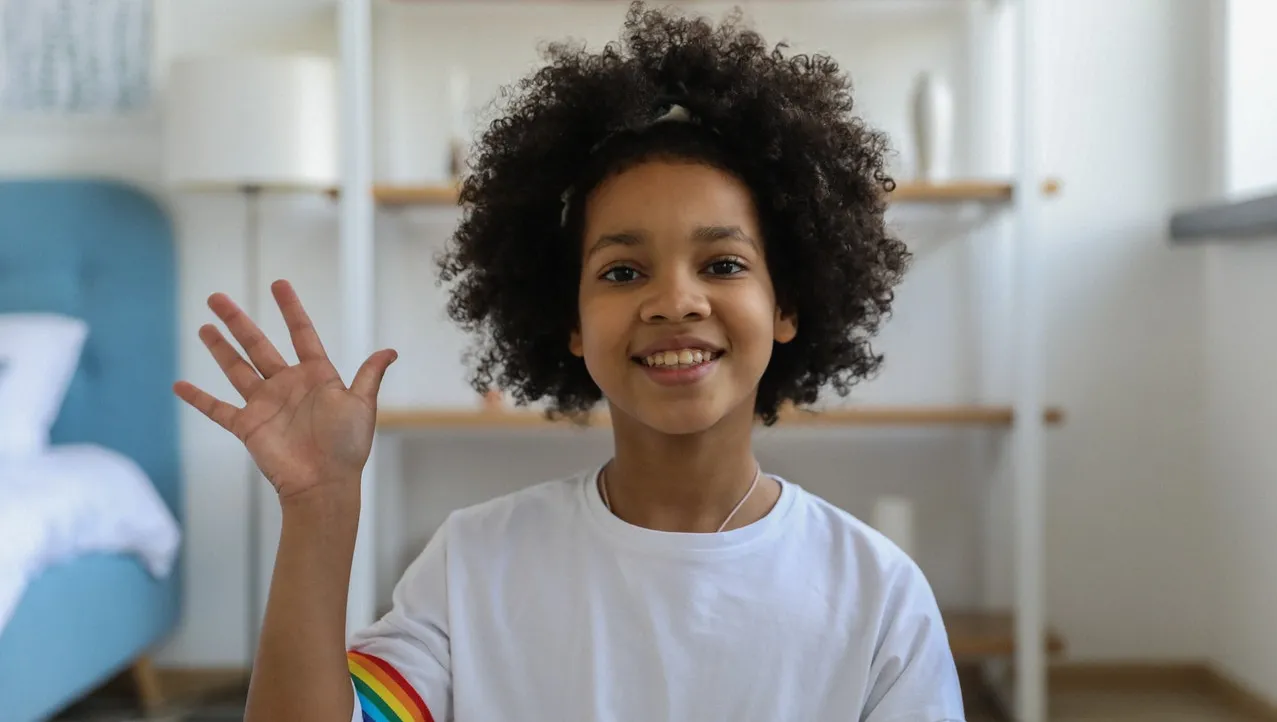A Beginner’s Guide to Therapy
- Services
- News

Are you ready to take the first step?
The hardest part of getting help is knowing how to get started. From finding the right therapist to dealing with uncertainty about the process, asking for help can be overwhelming. If you are looking for help with your mental health, consider this your guide to your first counseling experience at Boundless.
Step 1: Asking for Help
Most people’s first move is to visit our website to learn more about our counseling options. There are a few ways to contact us listed on the website, and which one you choose is dependent on what type of communication you prefer. There is a phone number, email address, and request for service form. Each form ultimately brings you to the intake team, but it lets you control how you want to communicate with us.
Once you make that initial contact, we guide you through the rest of the process. If you prefer to complete your registration paperwork over the phone, we can do that. We can email the paperwork to you, or we can mail a physical copy to you. If you need help, we can even arrange help for you, such as a translator, over the phone, or in person.
Once we have the details we need, our intake team will get your first appointment scheduled.
Step 2: The First Appointment
Your first appointment will be a ninety-minute diagnostic assessment. This can sound a little intimidating, especially if you’ve never been to therapy before, but a diagnosis is what provides the structure for therapy.
One thing to keep in mind is that even though you may feel embarrassed sharing your thoughts and feelings with a stranger, they are required to keep everything you tell them private unless they think you might harm yourself or others. It is critical to the counseling process that you answer their questions honestly, even if it feels a little uncomfortable. “A therapist can only go off the information provided to them, so being as open and honest as possible is only going to benefit the client,” said Julie Battaglia, clinical lead supervisor for Boundless Health.
There are some specific topics that your therapist will ask you about in your first appointment. They are likely to ask you about your family and other close relationships, both past and present. They will ask about your anxiety levels, how you manage stress, and your day-to-day mood. Depending on why you are seeking counseling, they may also ask if you’ve experienced trauma, abuse, or neglect. At some point during the diagnostic assessment, you will be asked if you are thinking or have thought about harming yourself. Like the other questions, this is to help understand your specific situation better, and it’s important to be honest with your therapist.
Depending on your answers, your therapist may ask additional questions so that they can learn about how to best help you. Once they have all that information, they’ll ask you the most important question in counseling, what are your goals for therapy?
Your goal doesn’t have to be complicated. It can be as simple as “to feel better.” It is very normal to have only a vague treatment plan until your therapist gets to know you and helps you redefine what you want out of therapy.
Step Three: The Next Appointment
Once your first appointment is over, you’ll be able to make your next appointment. The reception team will help you schedule your follow-up and share any additional information you need at that time.
Boundless strives to make the counseling process easy for you. We know that your mental health needs care, just like your physical health, and we are here to support both. Get started by visiting iamboundless.org or calling 800-409-2729.
If you or someone you know is having thoughts of suicide, a prevention hotline can offer immediate help. The National Suicide Prevention Lifeline is available 24 hours a day at 800-273-8255.








